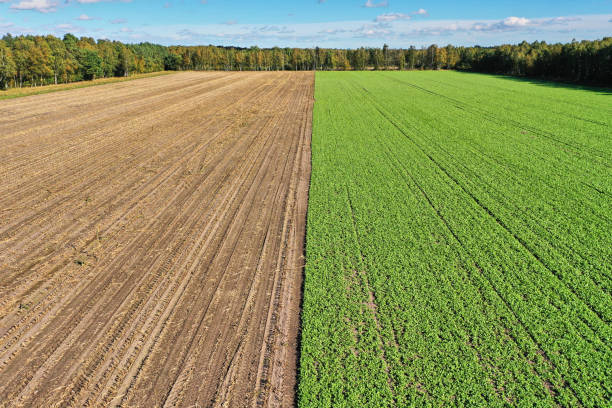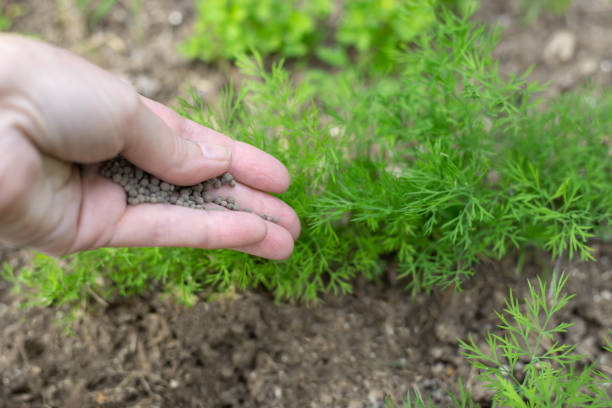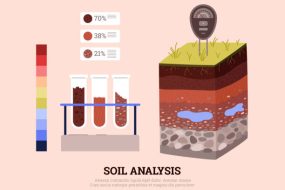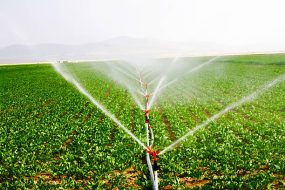If you’re a farmer looking to enhance your agricultural practices and boost your crop yields, you’re in the right place. In this article, we’re going to unveil the secrets of successful farming through the age-old practice of crop rotation. Whether you’re a seasoned farmer or just getting started, these 10 essential facts about crop rotation will help you optimize your farming methods and achieve sustainable success.

1. What is Crop Rotation?
Crop rotation is a farming technique that involves growing different crops in the same field in sequential seasons or years. The primary goal is to improve soil health, reduce pests and diseases, and maximize crop yields over time.
Also, Read >>>>>> Discover the Best Practices for Sweet Corn Farming and how to Maximizing Yield during Harvest
2. Diverse Crop Selection
One of the key principles of crop rotation is selecting a diverse range of crops to plant in your fields. By alternating between different plant families, you can disrupt the life cycles of pests and diseases that may target specific crops.
3. Soil Health Enhancement
Crop rotation is like a spa day for your soil. Different crops have different nutrient needs, so by switching them around, you prevent the depletion of specific nutrients. This helps maintain soil fertility and overall health.

4. Pest and Disease Control
Pests and diseases that target particular crops can build up in the soil over time. Crop rotation disrupts their life cycles, reducing the need for chemical pesticides and promoting natural pest control.
5. Weed Management
Crop rotation can also help with weed management. Different crops may require varying planting depths and spacing, making it challenging for weeds to establish a stronghold in your fields.
6. Improved Soil Structure
Certain crops, like legumes, have deep root systems that break up compacted soil, improving its structure and water retention capacity. Incorporating these crops into your rotation can lead to better soil quality.
7. Increased Crop Yields
Healthier soil, fewer pests, and improved weed management all contribute to increased crop yields. Over time, this can significantly boost your farm’s productivity.
8. Nutrient Cycling
Crop rotation aids in nutrient cycling. For example, legumes can fix nitrogen from the air and store it in the soil, benefiting subsequent crops that require nitrogen.
9. Sustainable Agriculture
Crop rotation is a cornerstone of sustainable agriculture. It reduces the environmental impact of farming by minimizing the need for synthetic fertilizers and pesticides.
10. Planning is Key
Successful crop rotation requires careful planning. Consider factors like crop compatibility, nutrient requirements, and the local climate when designing your rotation schedule.
Also, Read >>>>>> Discover the Best Practices for Sweet Corn Farming and how to Maximizing Yield during Harvest
Getting Started with Crop Rotation
Now that you know the essential facts about crop rotation, here’s a step-by-step guide to implementing it on your farm:
Step 1: Assess Your Farm
Begin by evaluating your current farming practices, soil health, and crop history. This will help you identify the best crops to include in your rotation.
Step 2: Choose Complementary Crops
Select crops that complement each other in terms of nutrient needs and growth patterns. For example, follow a nitrogen-hungry crop with a nitrogen-fixing legume.
Step 3: Create a Rotation Schedule
Plan a multi-year crop rotation schedule. Aim to include at least four different crops in your rotation cycle to maximize its benefits.
Step 4: Implement Cover Crops
Consider adding cover crops like clover or rye during fallow periods to further enhance soil health and prevent erosion.
Step 5: Monitor and Adapt
Regularly monitor your fields for pests, diseases, and soil health. Adjust your rotation plan as needed to address any issues that arise.
In Conclusion
Crop rotation is a powerful tool that every farmer should have in their arsenal. By diversifying your crops and carefully planning your rotation, you can improve soil health, reduce pests, and ultimately increase your crop yields. Embrace the age-old wisdom of crop rotation, and watch your farm thrive sustainably for years to come. Happy farming!
Also, Read >>>>>> Discover the Best Practices for Sweet Corn Farming and how to Maximizing Yield during Harvest












3 replies on “Discover 10 Essential Facts Every Farmer Should Know About Crop Rotation”
[…] Also, Read>>>>>> Discover 10 Essential Facts Every Farmer Should Know About Crop Rotation […]
[…] Read, Also >>>>> Discover 10 Essential Facts Every Farmer Should Know About Crop Rotation […]
[…] 2. Crop Rotation: […]